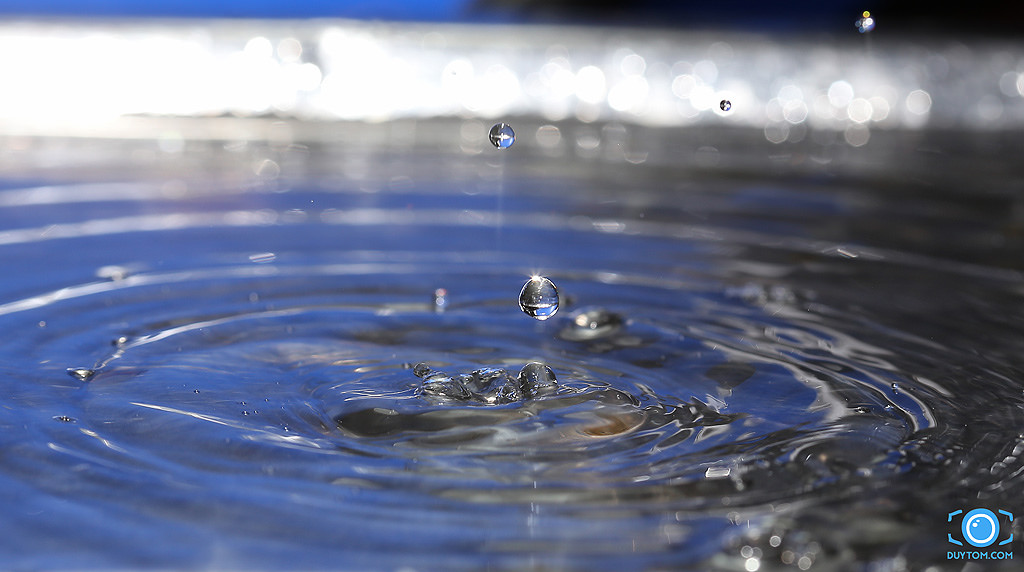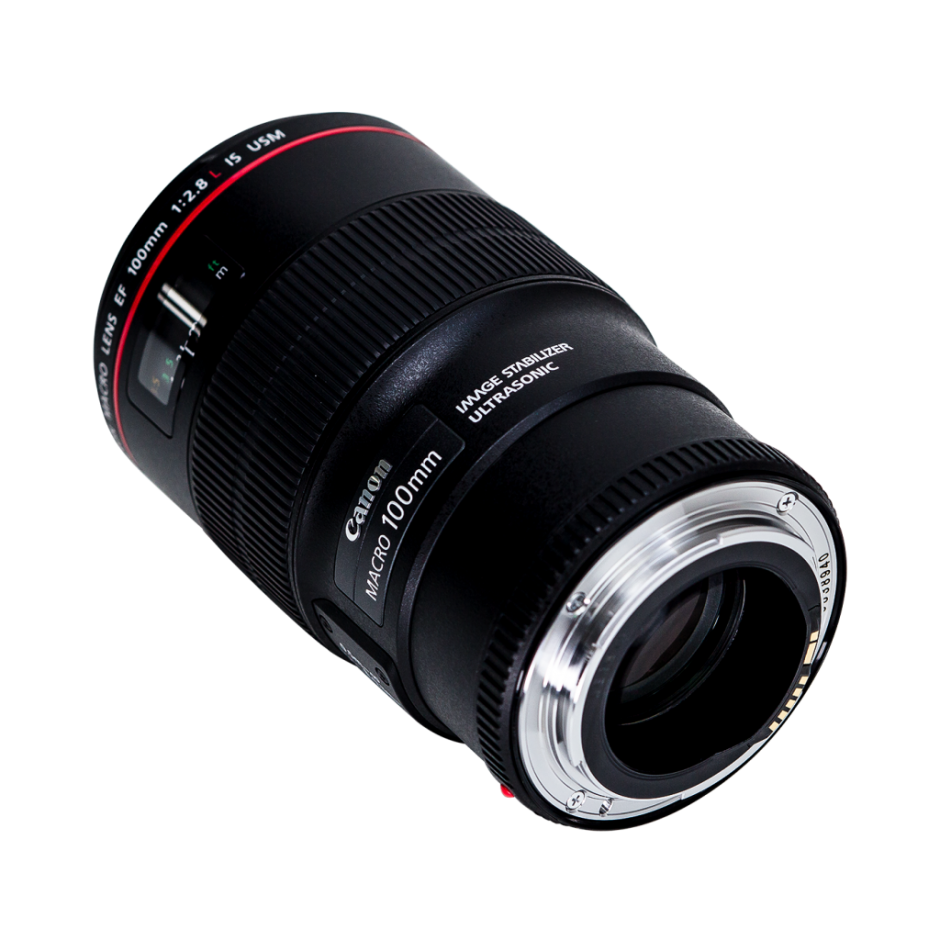

It is heavier than the Canon 180mm and a little bit larger overall, but if you can cope with the 100-500 then you can cope with the Sigma it's the exact same size as the 100-500 is, without the extending barrel.

It's got just a hair less contrast at f/2.8 than the Canon lens does at f/3.5, but by the time you stop them both down to just f/4 the Sigma takes the lead. It came in just months before they rebranded with the Art, Sports and Contemporary stylings, so it has their older gold ring look, though it was developed at the same time as the first couple of Art lenses and it is on par with them both in optics and focus. Dual nano-USM is very, very good at what it does.Sigma's ''old'' (2012) 180mm f/2.8 OS HSM Macro is what you want, then. This furthered my conviction that a 200-ish mm 1:1 macro lens with dual nano-USM and IS would be a worthwhile replacement. I've never gone looking for it though, and I haven't take a lot of close up shots with that lens, so it's not impossible it's there but it just hasn't been relevant to me. It was certainly an issue reported in some of the early reviews, but as I say it has never been an issue for me. The issue is the camera focussing (correctly) initially, but the focus point moving when the lens stops down when you take the shot. In any event though, focus shift on the 24-70/4L IS is never something which has been an issue for me, but if it's there you should see it when shooting close up shots and at about f/5.6 or so (perhaps f/8). I guess I will keep the 24-70/2.8L II and sell my 24-70/4L IS but I'm still deciding, and if I sell the 24-70/4L IS I know there will be times when I will miss it.) I recently picked up a 24-70/2,8L II as my photography needs (wants?!) have a changed and I have greater use for a 2.8 zoom for that range, but previously I was very happy with the 24-70/4L IS for landscapes/travel/walk-around and primes for portraits / environment portraits. (Yes, I do have 24-70/4L IS, even though it's not in my signature now. My 24-70/4L IS was soft at about 50mm when I bought it (some years ago now!), but I sent it to Canon for calibration and the lens has been excellent since then. I think the softness at mid-range on that lens was something Canon could correct in firmware.The softness around 50mm on the EF 24-70/4L IS is a separate issue from focus shift.
#Canon macro lens 100mm full#
I bought mine a couple years after introduction and have had very high performance across its full range and it is used almost always on a 5DS, not a forgiving camera. Reportedly, it showed up mainly as softness at 50mm. The EF 24-70/4 L had a focus shift issue at first. I just wished Canon got around to updating the ef 180mm L macro before Canon went all out RF mount. I regularly use a ef 100mm USM L Macro, it's a fantastic lens. I have an early metal mount 50mm f1.8 if I want a 50mm prime and I shoot that wide open. However they were all comparatively soft. The last of the 3 copies that I bought was a wee bit sharper and certainly seemed to AF a bit better. However the inerrant softness compared to other Canon ef L Primes was intolerable. I found the AF in low light to be appalling.even my 24-70 f2.8 L mk 1 focussed in lower light and that's 2 stops dimmer. I love the contrast, colours and low flare from this lens. I found that using outer AF points and using the focus and re-compose trick worked pretty much every time. I don't shoot macro very often, but when I do, I still use the non-L EF 100mm f/2.8.I've owned and sold 3 ef 50mm f1.2 L lenses over the years. For whatever reason, it didn't have a floating element. I'm pretty convinced Canon tweaked things over the years to minimize it. Additionally, as an L-series lens, this 100mm f/2.8 is weather-sealed for working in inclement conditions.The EF 50mm f/1.2L definitely had focus shift issues early on. In regard to its optical assets, one ultra-low dispersion element is featured, to control color fringing and chromatic aberrations, and a Super Spectra coating has been applied to suppress flare and ghosting for improved contrast and color fidelity.
#Canon macro lens 100mm manual#
Also contributing to smooth and intuitive handling, a ring-type USM and internal focusing design offers quick, quiet, and accurate autofocus performance along with full-time manual focus override.

Complementing close-up shooting, an Image Stabilizer is featured that minimizes camera shake by two stops at full 1:1 magnification, or up to four stops at lower magnifications for sharper handheld shooting. As a macro lens, however, this 100mm offers a life-size, 1:1 maximum magnification and an 11.8" minimum focusing distance. Primarily designed for close-up shooting, the EF 100mm f/2.8L Macro IS USM from Canon is a versatile L-series short telephoto prime that is also well-suited for portraiture and other mid-range subjects.


 0 kommentar(er)
0 kommentar(er)
